Which One is Really a "Failed State?"
California Government Megaprojects vs. Mexico Megaprojects
California Governor Gavin Newsom loves to boast that California is “the fourth largest economy in the world.”
It’s a line repeated both by Newsom and Newsom’s NPC cultist brown-nosers within the state as a counter whenever someone brings up the state’s failure to stop both the bleeding in businesses and people fleeing the state for places such as Texas, Florida, and Tennessee - all states with a far better business climate, less bureaucratic parasitism and lower costs of living.
While GDP measures are usually reserved for sovereign states, and not individual US states, the metric is incredibly misleading too. Earlier this year, the California’s total Gross Domestic Product (GDP) overtook that of Japan - a country plagued by its ageing population and rapid industrial competition with other regional powerhouses whose GDP is decreasing. Several European countries too have seen declines in their GDPs, likely from their suicidal energy “transition,” making California’s growth in context a matter of whose falling fastest to the bottom.
GDP simply adds up the value of final goods and services consumed in a year: personal spending, private investment, exports minus imports and perhaps the most controversial of all for this article, government spending. In this system of accounting, every dollar spent counts the same, whether it builds a successful business in the private sector, a functioning bridge built by the State, or funds a white-elephant project that never opens. Government spending shows up as a “positive contribution” even when it displaces more productive uses and inflationary money creation can boost GDP without producing a single real good or service.
GDP measures transactions, not sustainability. War, natural disasters, or failed public works can all increase GDP (and “jobs”) if they generate enough spending. It also ignores the health of the underlying capital stock, the efficiency of investment, and whether projects ever move from rendering to ribbon-cutting. Bastiat warned about this in his infamous Broken Window fallacy.
If you want to test whether a government is functioning, look at what it can actually deliver: how fast, for how much, and with what trade-offs of its projects. On that score, California’s signature megaproject the California High Speed Rail (HSR) has been a slow-motion embarrassment.
In the same span, Mexico, with far fewer resources, ranked nearly ten places below California in GDP, and deemed by critics as a “failed state” has built and opened two megaprojects: the Felipe Ángeles International Airport (AIFA) and the 1,554-kilometer almost high speed rail Tren Maya.
Neither are perfect, both are rife with controversy, but they exist, and are operating today.
California High-Speed Rail: A Case Study in Grift
Approved by voters in 2008, the California High Speed Rail was sold as a sleek San Francisco–to–Los Angeles connection in under three hours for about $33 billion. Boosters of the project believe the project when complete will compete with both motoring and commercial air travel between two of the state’s major economic hubs as well as help address the state’s carbon emissions. Sixteen years later, the cost range for the first phase is $89–$128 billion. The scope of the project in the foreseeable future with the funding available has shrunk dramatically. The only segment under construction runs 119 miles through the Central Valley, practically parallel to an existing yet slower (and heavily subsidized) Amtrak line and far from the major cities that justified the project politically.
There is visible work: viaducts, grade separations and bridges as Newsom and the CSR social media accounts are forthright to humblebrag.
But not a single paying passenger has boarded and won’t for years to come.
Timelines have slipped repeatedly, the cost keeps increasing. The Federal Railroad Administration recently outlined years of missed milestones, and the Trump Administration has moved to pull back nearly billions in grants from both the fiat money printer and the hard-working taxpayers in the other 49 states highlighting how fragile the project’s financing is all while Newsom - being Newsom - did what he does best - sociopathic projection.
Newsom's Latest Tantrum Ignores his Repeated Coddling with the CCP
California Governor Gavin Newsom is throwing a bit of a temper tantrum over the Trump Administration’s rescinding of four billion dollars of other people’s money from funding the notoriously late and…
If GDP growth were the measure of success, CSR would be a triumph if graded the way CA’s (also failing) Government Schools grade students.
But by any measure that matters such as delivering a functioning system on time, near budget, and as promised to the voters, it’s a warning sign.
Mexico’s New Capital-Area Airport
Mexico City’s main airport, Benito Juárez, known locally as AICM is hemmed in between one of the largest cities in the world and what’s left of the Pre-Columbian era lake beds that filled the valley. For years AICM been plagued with capacity problems arguably holding back the region and arguably the country as a whole.
In 2014, the administration of Enrique Peña Nieto (EPN) began building a $13 billion replacement at Texcoco just a few kilometers from AICM out on what’s left of Lake Texcoco. The Nuevo Aeropuerto Internacional de México or NAICM would replace the ageing AICM with a massive single terminal reminiscent of Beijing’s Daxing International Airport. It was to be funded with a mix of public and private funds but ultimately to be operated by the Secretary of Communications and Transport (SCT), an agency within the Federal Government.
Then President Andrés Manuel López Obrador (AMLO), who came after EPN, canceled NAICM after a public “consultation” — a controversial decision that cost over $5 billion in penalties and bond buyouts. The remains of the project can be seen today from a portside window seat departing AICM and the government claims it will be turned into an ecological park.
In NAICM’s place, the AMLO government repurposed the Santa Lucía Air Force Base into Felipe Ángeles International Airport (AIFA), built and operated by the Army. Critics said the location — roughly 45 kilometers from downtown was too far and unlike AICM had poor transit connections. The military’s control raised transparency concerns. (The SCT was kicked out of their role as administrators of AICM too and is now operated by the Navy - strange considering Mexico City sits well away from either coast.)
Construction of AIFA began in late 2019 and AIFA opened on March 21, 2022. The Army built miles of multilane freeways, a massive park, two new runways, a control tower and a large passenger terminal all during the COVID19 pandemic. Passenger traffic was light at first drawing criticism from inside Mexico for being an empty airport, but has grown steadily, helped by caps on flights by low-cost airlines at AICM and a shift of all dedicated cargo flights to AIFA. It’s now the 8th busiest airport by passenger count in Mexico - still a far cry from AICM or other large airports such as Cancun or Monterrey.
Perhaps one of the most stunning things about AIFA though is the natural gas and diesel co-generation power plant, covered in brutal honesty by an energy-literate Spanish news site with figures such as forecasted power produced annually.
While Mexico does its fair share of “green” energy virtue-signaling, this plant, which unlike “green” energy wind and solar facilities debilitating California’s grid churns out power 24/7 on just a few acres of land.
A rail link is now under construction too to in part address the AIFA’s distance from the city. Spanish company Construcciones y Auxiliar de Ferrocarriles (CAF), who currently owns and operates a commuter rail line from Mexico City was initially given the concession to build the rail line but it was instead transferred to the country’s equivalent of the Department of Defense.
The project was supposed to open this summer but is plagued by delays. Now the Claudia Sheinbaum administration is saying it will be open sometime by the end of 2025. Other public transportation such as the MexiBus BRT operates today and local governments plan to open tourist-specific bus services to places such as the archeological site of Teotihuacán.
The Contentious Tren Maya
If AIFA is about the capital, the Tren Maya is about the country’s foreign tourist mecca, the Yucatan Peninsula. Yucatan is no stranger to massive government projects. Cancun, for example, was developed in to the tourist mecca visited today by millions thanks to SERNATOUR, the Federal Goverment’s tourism agency. While visitors mainly stick to the high rises along the beach, the actual city of Cancun, which houses all the resort workers, was a planned city reminiscent of the layouts of Canberra, La Plata, or Brasilia.
Tren Maya was pitched as a way to connect tourist meccas, remote communities, boost tourism in lesser-visited areas of the country, and spur economic growth in one of Mexico’s poorest regions. The idea for such a train wasn’t new and politicians in Mexico have long dreamt of restoring the country’s former passenger rail network which closed in the mid 90s among privatization of the nation’s railroads and completion from the country’s airline and highway network.
But for the Tren Maya, it was rife with controversy from the start. Environmentalists warned of damage to delicate jungle ecosystems, underground rivers, and cenotes. Archaeologists cautioned that segments ran near — and sometimes over cultural heritage sites. Indigenous leaders, who the MORENA party love to pander towards, criticized the consultation process as rushed and inadequate. Like AIFA, it too was largely constructed by the country’s military which of course meant “jobs” for thousands of the country’s soldiers. Among all this controversy, the Federal Government under AMLO deemed the project a “national security” priority, allowing it to override some court injunctions and environmental reviews. Costs have risen from early estimates of $7 billion to more than $20 billion with no break even date in sight.
And yet: the first sections opened in December 2023, with more service phased in through 2024–25. Like AIFA, the criticism remains of both cost overruns and of low use.
But Which One Looks More Like a “Failed State”?
This is not an argument that Mexico’s governance model should be copied. Mexico is greatly misunderstood by outsiders yet the big picture criticism of a flaws and corrupt state typical of both developing nations and Latin American nation-states still stands.
The governance trade-offs of such large projects are real especially in a developing country with so many issues including energy, infrastructure, and social issues. Many of the communities surrounding AIFA lack running water, instead relying on costly truck-based water delivery to rooftop cisterns while AIFA has potable drinking fountains - something rare even in well-developed areas of the country. The Tijuana-San Diego metropolitan area’s famed beaches are plagued by sewage contamination due to an overworked wastewater treatment plant on the Mexico side and the dumping of raw untreated wastewater into the Tijuana river, sparking an international controversy.
Then there’s Mexico’s inability to maintain security in the areas dominated by narcotics and criminal gangs deemed by the current government of the United States as terrorist organizations. Both AMLO and Sheinbaum’s political party, MORENA, is rumored by critics to be infiltrated and even run by these organizations.
And Mexico’s attack on free speech thanks to Woke ideology.
Both AIFA and the Tren Maya came with heavy-handed state intervention using the military - something even extreme statists on both the far left and far right in the US would balk at along with limited transparency, and significant environmental and social trade-offs.
But they were built. They opened. They are moving people.
California, with a massive tax base, world-class engineering talent, and a reputation for innovation left over from the pre-Newsom days, has yet to even produce a partial inland segment of a project that voters approved 16 years ago. By any commonsense measure of execution, that is a failure.
Germany and Japan, both with a smaller GDPs than California, have an extensive high-speed rail networks. China built a larger system that all of Japan and the EU combined since CA voters approved the CAHSR in 2008. Mexico, with far fewer resources, just delivered two major projects in under a decade. But California led by a sociopathic caudillo wannabe has the “fourth largest economy in the world” — and an unfinished strip of track in the Central Valley.
GDP brags are easy and delivering actual infrastructure even if grading on curve for typical government projects is hard.
But if we’re using “failed state” as shorthand for a government that cannot execute its own plans, California’s record on the CAHSR along with other problems plaguing the state such as reliable energy, smooth and effective surface highways, and fire mitigation or prevention efforts makes the label uncomfortably plausible.



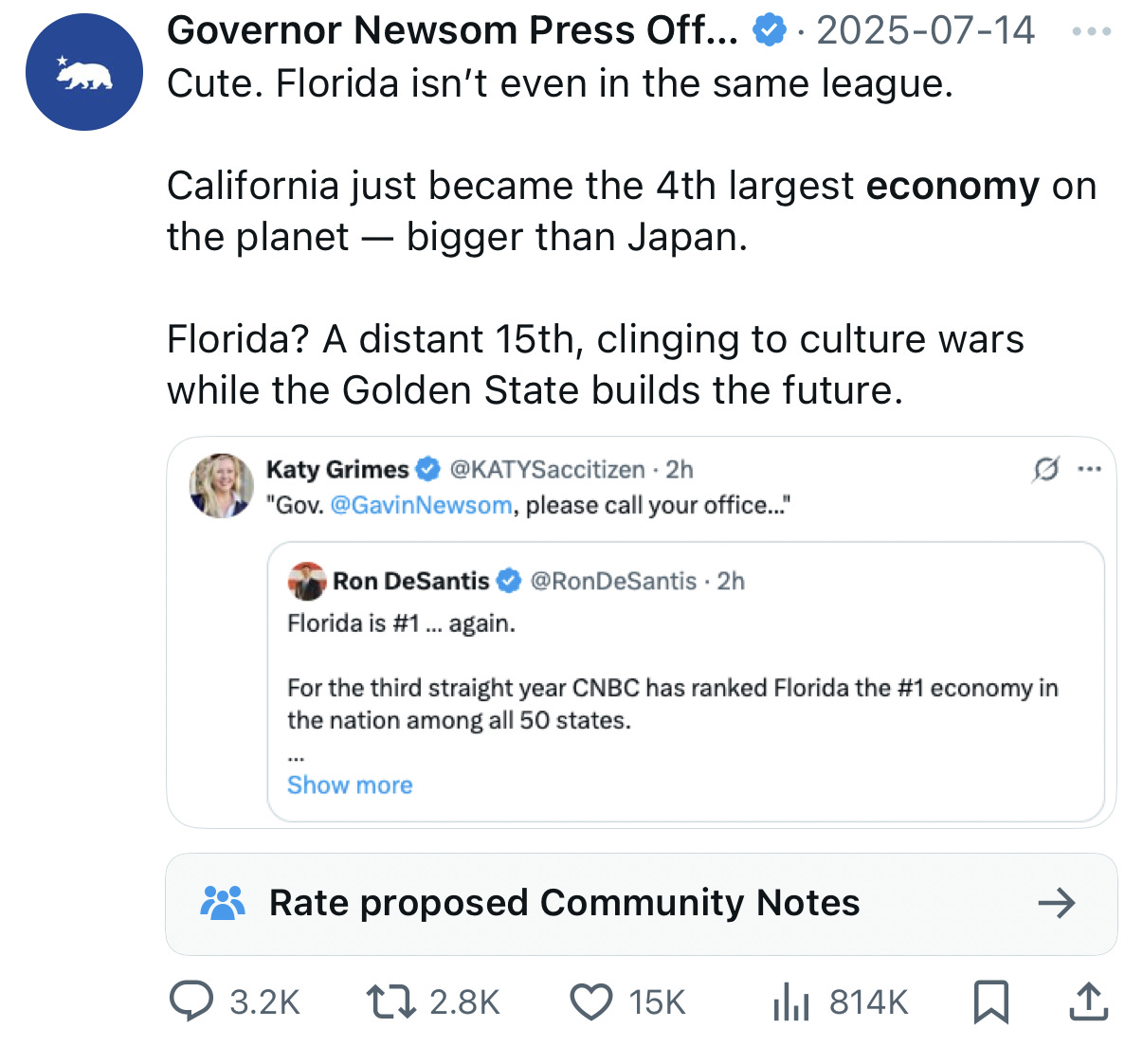
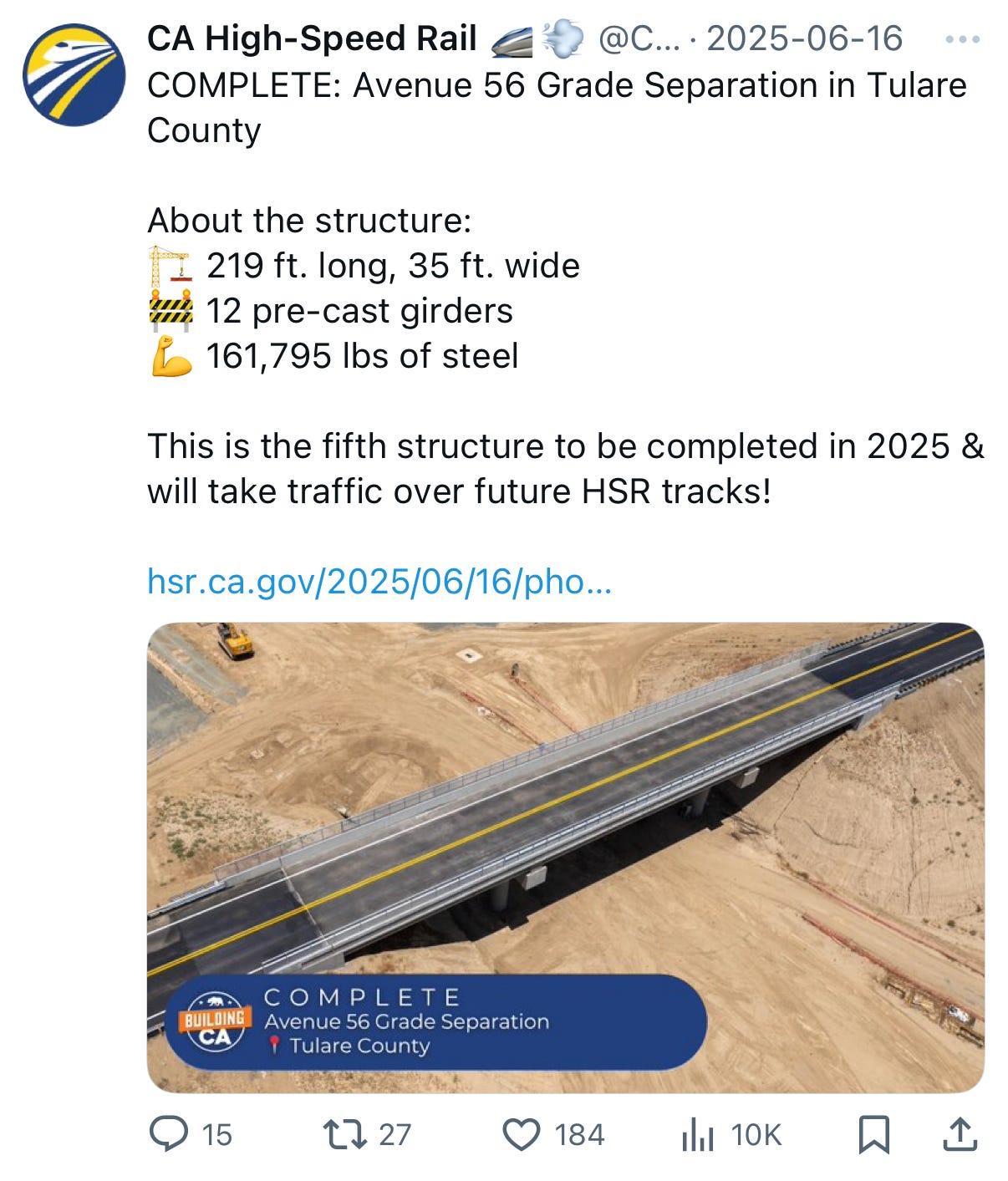
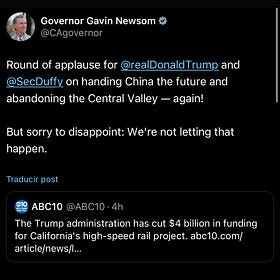
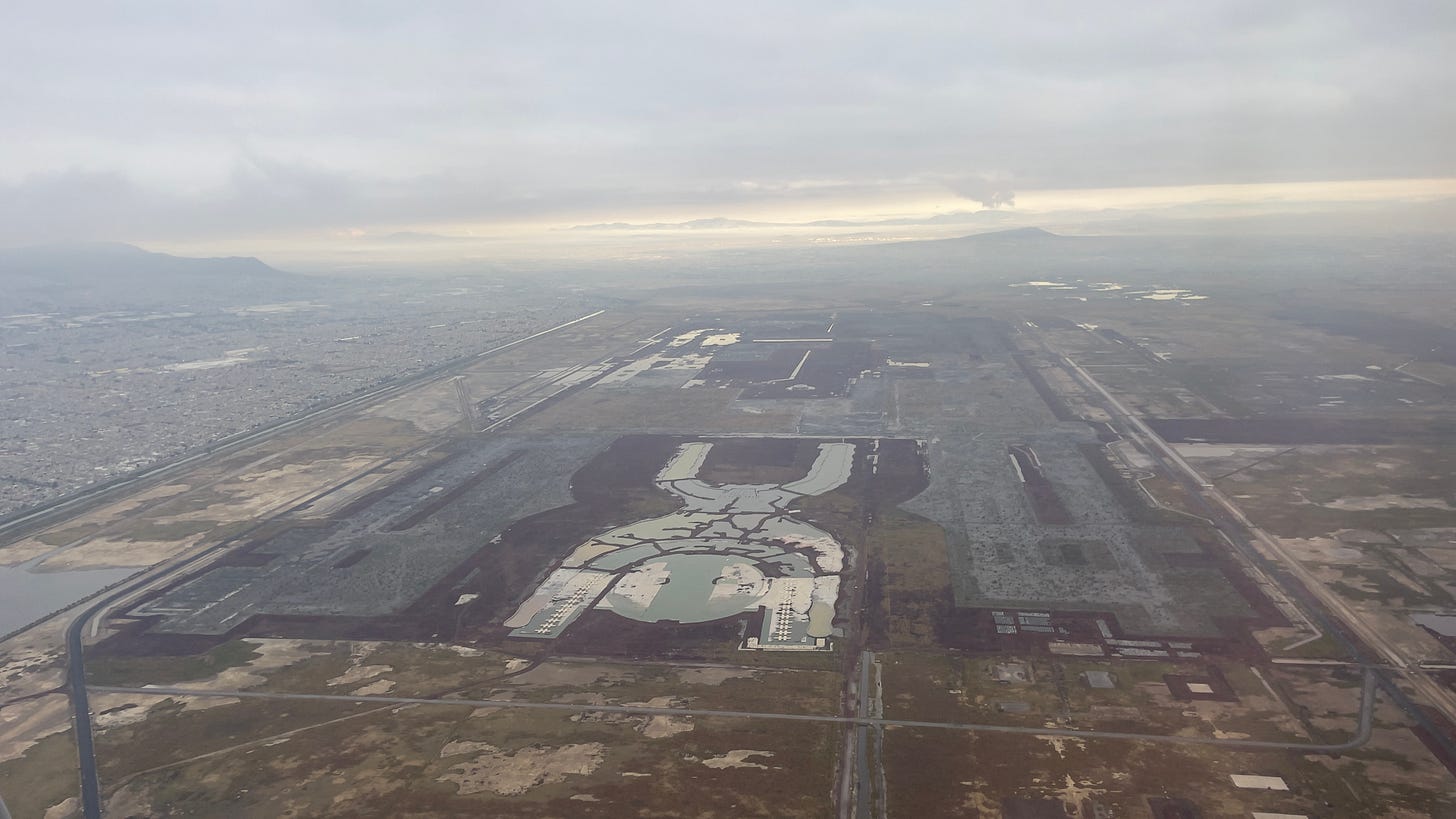

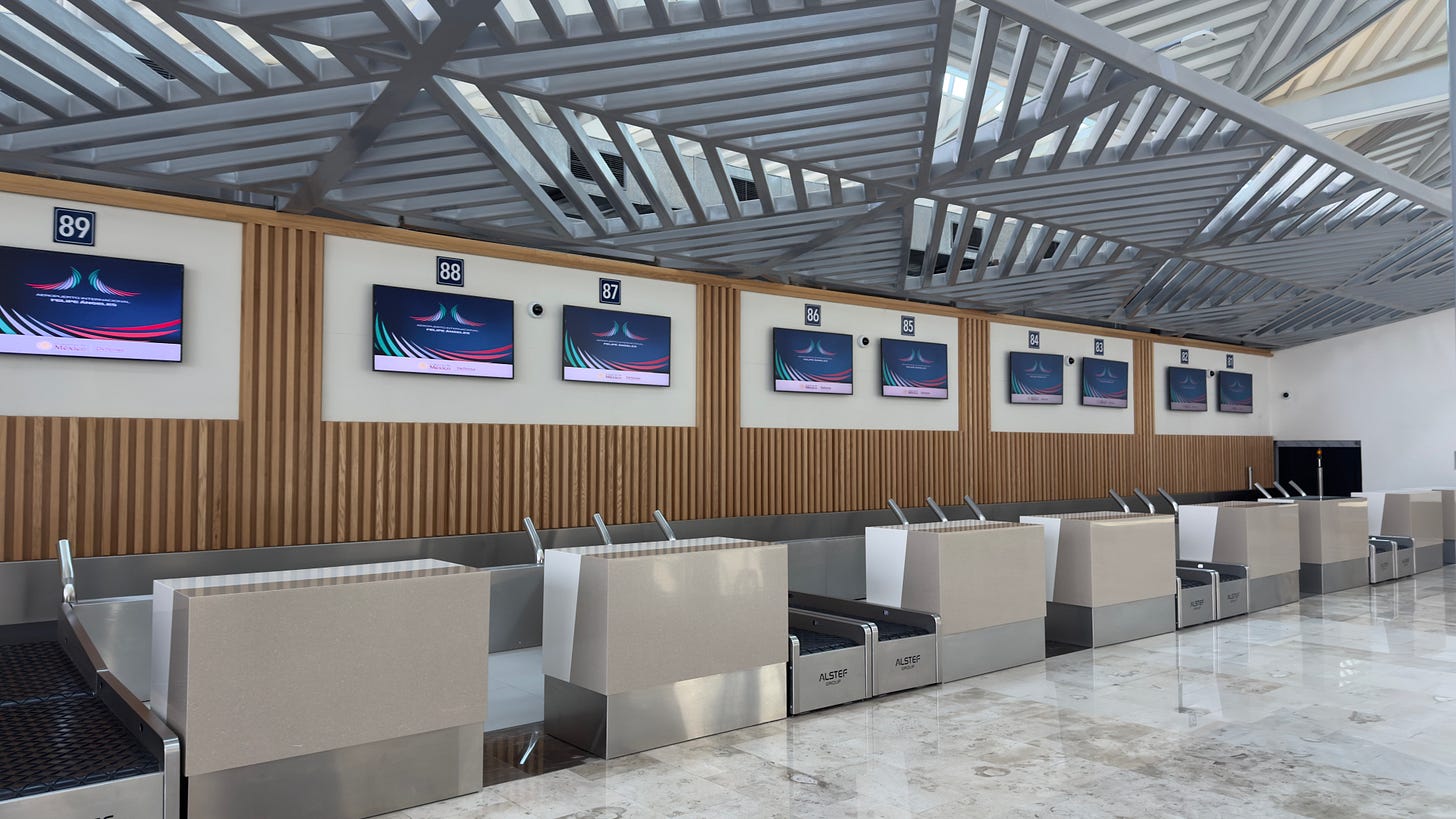
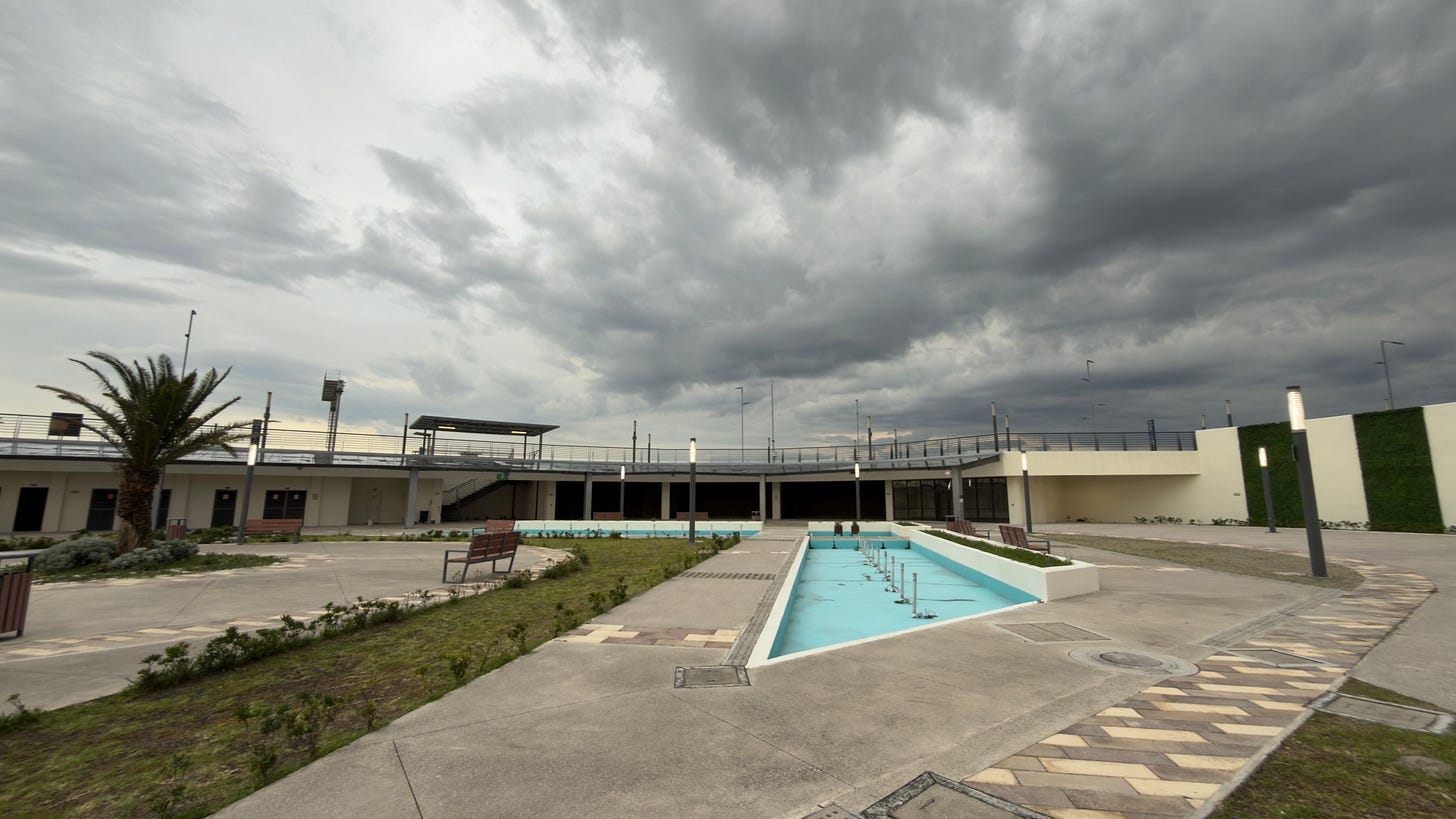
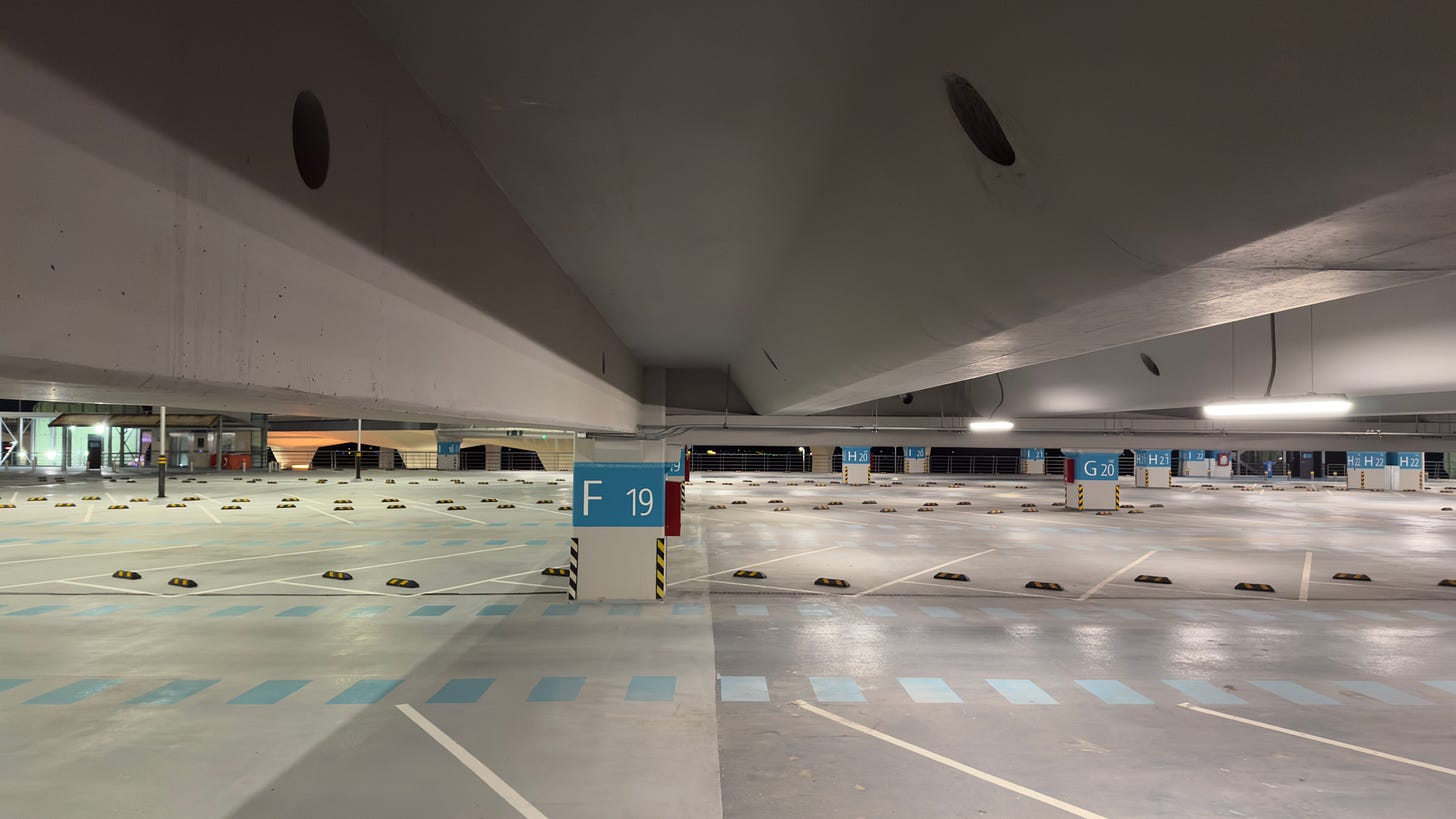
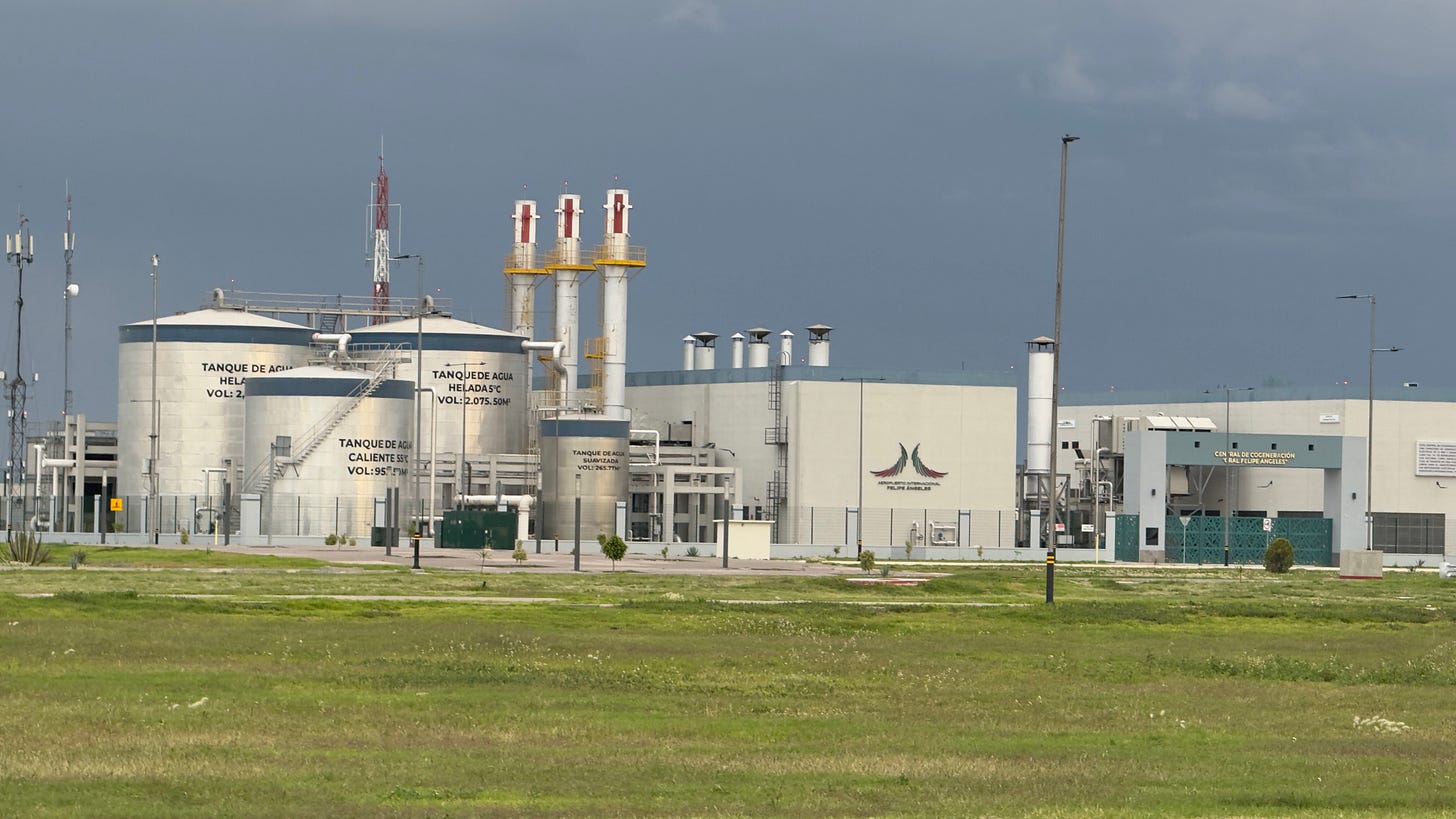
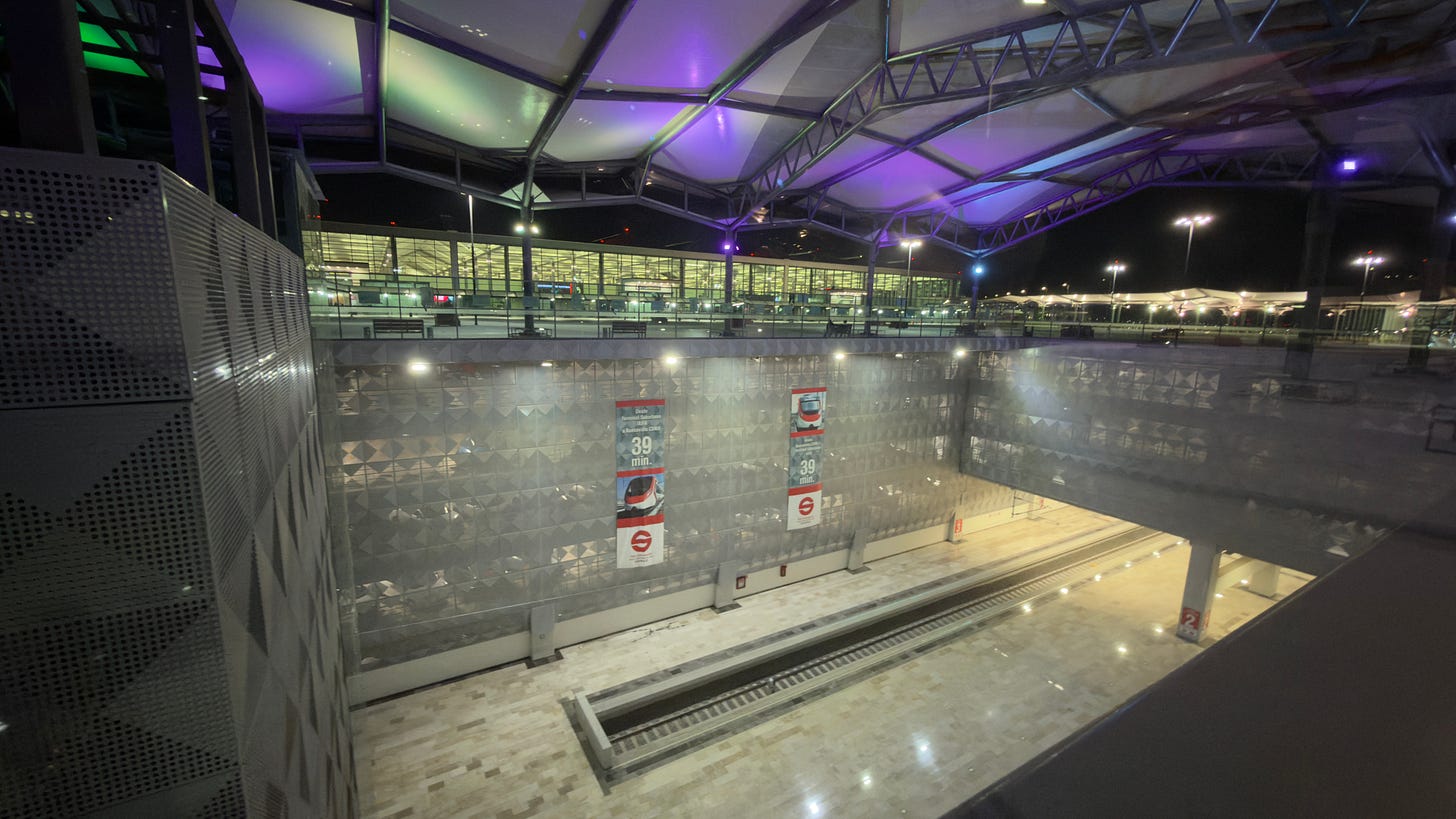
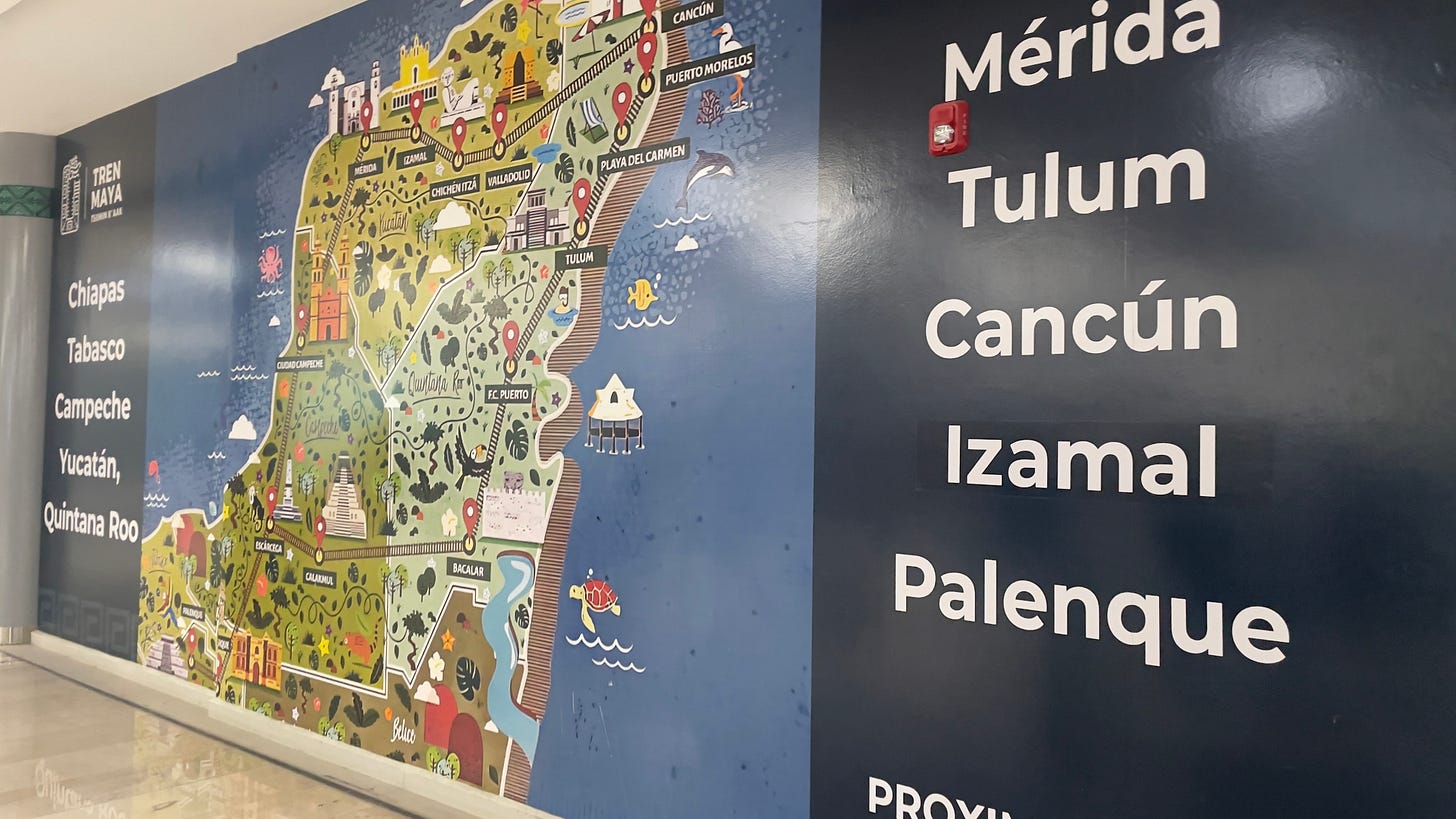
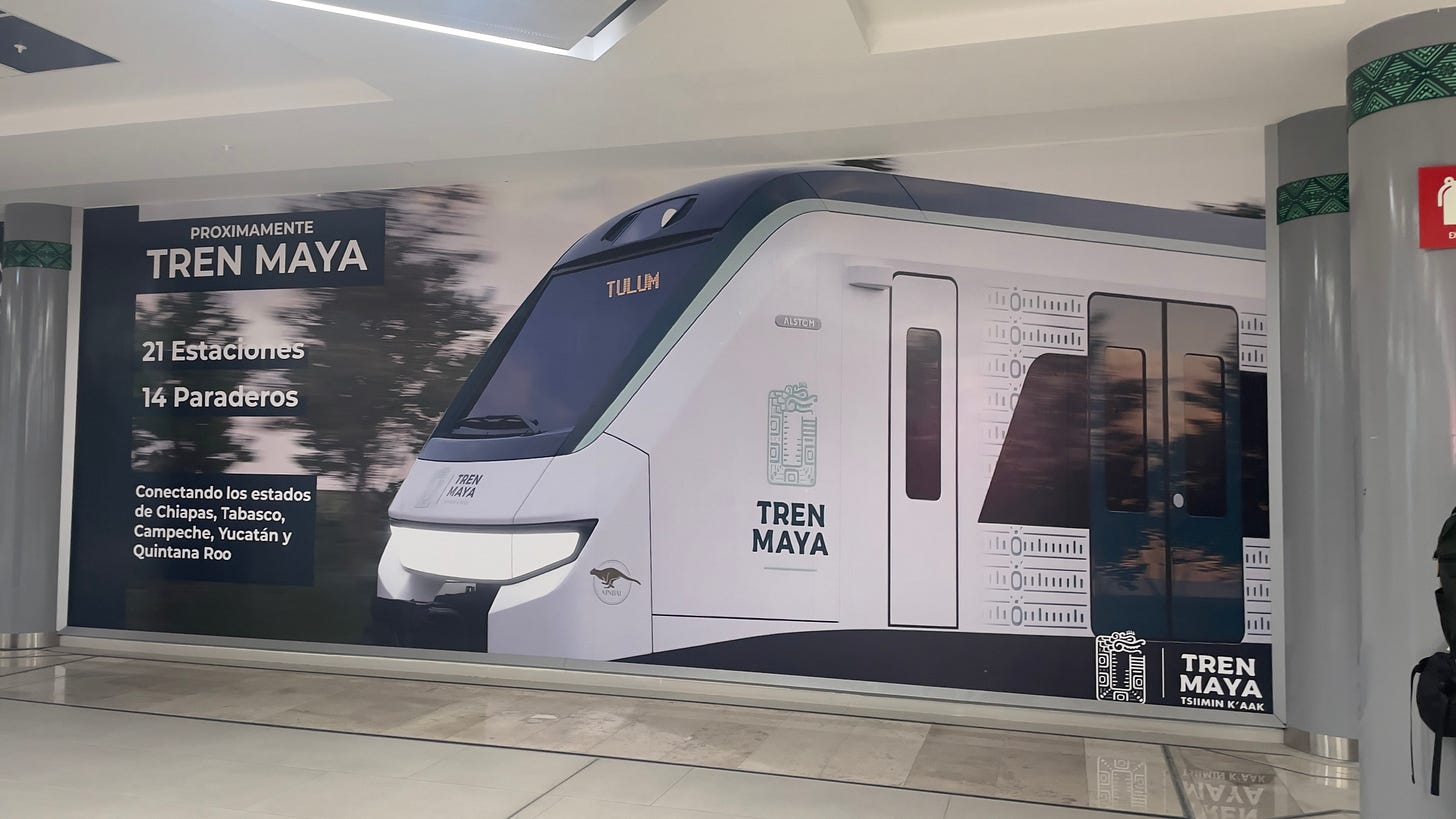
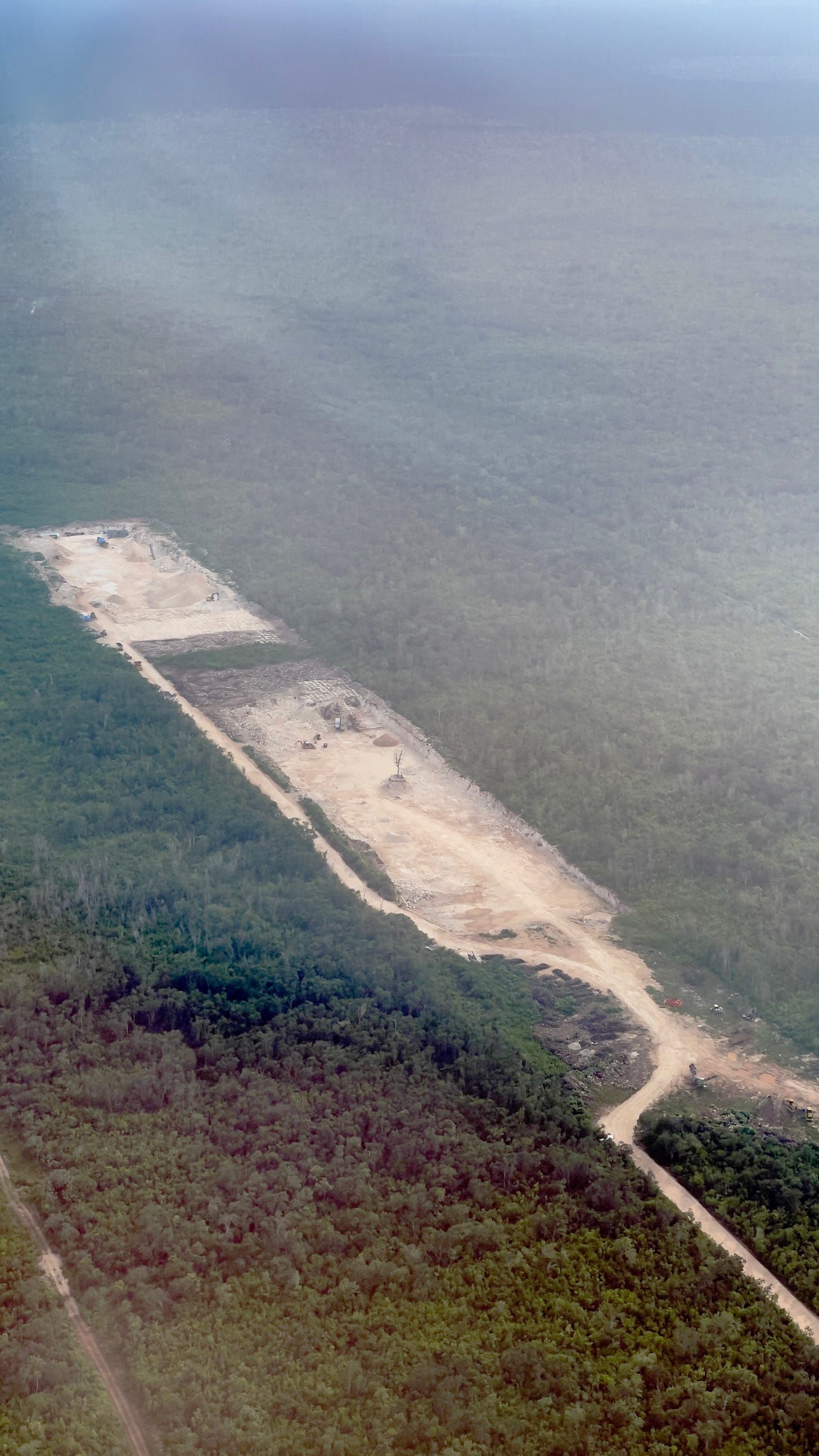

Anybody except Newsom, Harris, County DAs, .....anybody currently serving in the states legislature...Hollywood people...anyone from Stanford from Bezerkly....from Gilead... from Oh heck, just be glad you aren't from there and have to put up with crazy Cali.
GLF, et. alia.,
Nicely done piece! Pointing out the hideous nature of HOW the measure called "GDP" is defined, is a credit to your educational mission. GDP = C + I + G + Net Exports. Given the G is for government spending ON ANYTHING, any sovereign can "grow" by creating more money and spending it, even if it paid one group of people to dig holes, and another group to fill them up. Not too productive, not too beneficial for society, and not too sustainable, but possible.
I used to ask students who were infatuated with "growth"; "If bigger is always better, how come Miss America doesn't weigh 380 pounds?"